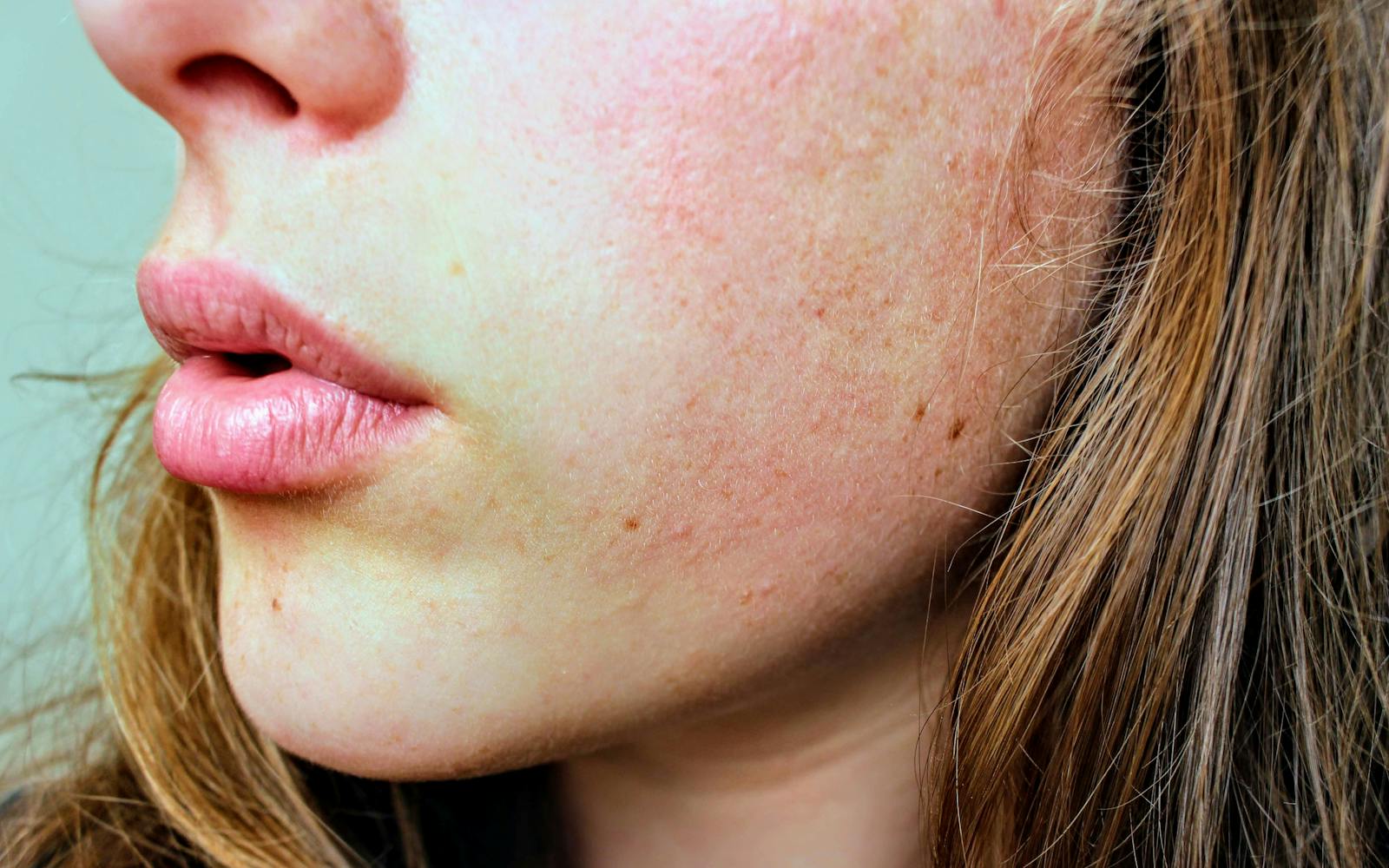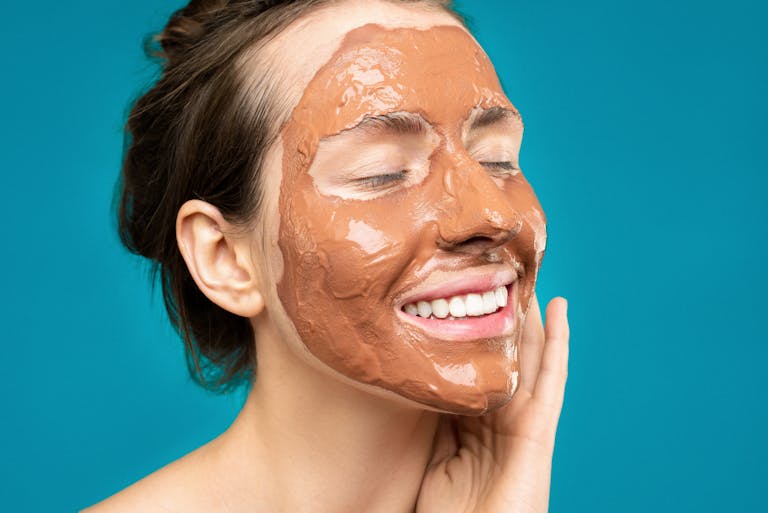Over the winter months, you may find that your skin becomes dry and flaky, leading to discomfort and irritation. This is a common issue caused by the cold air and low humidity levels that can strip away your skin’s natural moisture. In this blog post, you will discover effective strategies to combat dryness, including important moisturizing techniques, the importance of hydration, and product recommendations to restore your skin’s vitality. By adopting these practices, you can enjoy healthier, well-hydrated skin all winter long.
The Root Causes of Winter Dryness
Environmental Factors Affecting Skin
Cold winter air often carries low humidity, which tends to strip your skin of its natural moisture. Inside, turning on the heat can exacerbate the issue, as centralized heating dries out the air even further. This combination makes it incredibly challenging for your skin to retain hydration, leading to that tight, uncomfortable feeling you may experience. Other environmental irritants like harsh wind can aggravate delicate layers, contributing to redness and inflammation on your skin.
- Low humidity in the air
- Central heating reducing moisture indoors
- Cold winds exacerbating sensitivity
This exposure results not only in aesthetic concerns but can also lead to conditions like eczema or dermatitis for those who are particularly sensitive. Knowing how these factors interact with your skin can help you better equip yourself this winter.
Biological Changes in Skin During Cold Months
Your skin undergoes some distinct biological changes as temperatures drop. The production of natural oils decreases, which are imperative for maintaining a healthy moisture barrier. In response to the cold, your body also activates the stress hormone cortisol, which can increase oiliness in some areas while leading to dryness in others. This inconsistent skin condition can be frustrating, and you might notice areas around your face becoming dull and flaky, making it more challenging to achieve a vibrant appearance.
As temperatures dip, the skin’s barrier function becomes less efficient, allowing moisture to escape and environmental aggressors to penetrate more easily. You might also find that conditions like rosacea or psoriasis flare up during this season, as the skin tends to be more reactive. Understanding these changes can empower you to take proactive measures to combat dryness effectively.
Essential Hydration Strategies for Winter
Choosing the Right Moisturizers
To combat dryness effectively, selecting the right moisturizer is important. Look for products that contain ingredients like glycerin, hyaluronic acid, and ceramides, which help to retain moisture in your skin. A rich cream or ointment can provide a protective barrier that locks in hydration, particularly during those harsh winter months. Avoid products with alcohol or artificial fragrances as these can exacerbate dryness and irritation. Opt for formulations labeled as “non-comedogenic” if you’re prone to breakouts, ensuring you keep your pores clear while moisturizing.
Applying moisturizer immediately after bathing or washing your hands is a strategic move, as this helps to trap moisture on your skin. You might also want to consider layering a lighter moisturizer underneath a thicker one for maximum hydration. Consider a nighttime routine that includes a thicker moisturizer or an occlusive ointment to help your skin repair itself while you sleep. Your skin will thank you by feeling softer and more supple by morning.
The Role of Humidity and Home Environment
Indoor heating tends to suck moisture out of the air, resulting in an environment that’s unkind to your skin. A humidifier can work wonders, adding necessary moisture back into your living space. Ideally, keeping indoor humidity levels between 30% and 50% can prevent skin from becoming excessively dry. During the chilly months, keep a humidifier in your bedroom and other frequently used areas to maintain a comfortable moisture level that supports your skin’s health.
Additionally, reevaluating your grooming and cleaning products can create a more skin-friendly atmosphere. Many household cleaners and personal care items are loaded with harsh ingredients that may further irritate dry skin. Opting for organic or hypoallergenic products can contribute positively to your home environment. Making these small adjustments can create a sanctuary that not only feels good but actively helps keep your skin hydrated and in optimal condition.
Daily Habits That Boost Skin Health
Importance of Hydrating from Within
Hydration extends beyond topical moisturizers; the water you consume plays an necessary role in maintaining skin health. Dehydration can lead to dull, flaky skin, as your body prioritizes internal hydration, leaving your skin at risk. Aim for at least eight 8-ounce glasses of water daily, adjusting based on your activity level and climate. Incorporating water-rich foods, such as cucumbers, oranges, and watermelon, can further enhance your hydration efforts.
Your skin’s barrier function benefits significantly from balanced hydration levels. A well-hydrated body produces a natural moisture barrier, which helps retain hydration in the skin. Including electrolyte-rich fluids and herbal teas can also support hydration, especially in winter months when the air is dry and harsh.
Adopting a Gentle Skincare Routine
Exfoliation is beneficial, but overdoing it can strip your skin of necessary oils, exacerbating dryness. Instead, limit physical and chemical exfoliants to once a week. Choose gentle cleansers that don’t contain harsh ingredients like sulfates or alcohol, which can worsen dryness. A good rule of thumb is to test products on a small area of skin before wider application to ensure compatibility with your skin type.
Focusing on a consistent, nourishing nightly routine with richer moisturizers or adding a facial oil can provide your skin with the protection it craves as you slumber. Incorporating a hydrating serum featuring hyaluronic acid can enhance moisture retention, allowing your skin to stay supple and hydrated even when the temperature drops. Additionally, consider using a humidifier in your home to maintain moisture levels in the air, which can dramatically impact skin hydration.
Natural Remedies: What Really Works?
Top Home Ingredients for Skin Relief
When battling dry, flaky skin during the winter months, turning to natural remedies can provide much-needed relief. Ingredients like coconut oil are highly effective due to their high fatty acid content that deeply nourishes and moisturizes the skin. Its anti-inflammatory properties additionally help to soothe any redness or irritation, making it an excellent choice for sensitive skin. Another powerful ingredient is honey, known for its humectant qualities. It draws moisture from the environment into your skin, promoting hydration while also delivering antiseptic benefits that can prevent infections in cracked skin.
Other noteworthy contributions include aloe vera, which not only hydrates but also accelerates the skin’s healing process, particularly useful for those with seasonal eczema flare-ups. Additionally, avocado oil is rich in vitamins E and A, boosting your skin barrier and enhancing moisture retention. Incorporating these ingredients into your skincare regime doesn’t have to be complicated and can lead to noticeable improvements in skin texture and hydration.
DIY Treatments and How to Use Them
Creating your own DIY treatments at home can be both cost-effective and satisfying. One effective treatment is a simple coconut oil and honey mask. Mix equal parts of both ingredients, apply it to your face, and leave it on for about 20 minutes before rinsing with warm water. This combination harnesses the moisturizing properties of coconut oil and the hydrating effects of honey, providing intense moisture to combat dryness. Another option is an avocado and olive oil mixture. Mash a ripe avocado and mix it with a few tablespoons of olive oil, then apply it to your skin for 15-30 minutes. The healthy fats and vitamins in both ingredients work to restore your skin’s natural barrier.
Additionally, you might find that tea tree oil helps when mixed with a carrier oil for problematic areas as it has natural antibacterial benefits. After applying a treatment, following up with a standard moisturizer is advisable, as it locks in the hydration secured during your mask or treatment phase. Consistently using these simple recipes can significantly improve the overall health and appearance of your skin during the dry winter months.
Professional Interventions for Persistent Issues
When to See a Dermatologist
Ignoring persistent dry and flaky skin can lead to more serious issues such as infections or eczema. If over-the-counter moisturizers and home remedies fail to alleviate your symptoms within a few weeks, it’s wise to consult a dermatologist. Indicators that you should seek professional help include excessive itching, redness, or if the affected areas become raw or bleeding. Your dermatologist can assess your condition and tailor a treatment plan specific to your needs.
A timely visit can make a significant difference, especially if your skin condition is affecting your quality of life. Skin disorders can sometimes be indicative of underlying health issues, such as allergies or hormonal imbalances. By seeking professional advice, you enhance the likelihood of addressing not just the symptoms but also any root causes that may contribute to your skin problems.
Treatment Options Beyond Over-the-Counter Products
For those battling stubborn dry skin, dermatologists can provide treatment options that extend far beyond traditional products. Prescription-strength moisturizers contain higher concentrations of active ingredients, like urea or lactic acid, which may offer greater efficacy. Additionally, professional treatments such as chemical peels can help remove dead skin layers, promoting better absorption of moisturizing products. Another noteworthy option is phototherapy, which uses controlled exposure to ultraviolet light to alleviate inflammation and enhance skin texture.
In some cases, your dermatologist may suggest topical corticosteroids for short-term use, particularly if inflammation or itching accompanies your dry skin. These medications work by reducing inflammation and irritation, providing fast relief for acute symptoms. Additionally, systemic treatments, including oral medications, might be considered for more severe conditions like psoriasis or eczema, helping to manage both dryness and underlying skin integrity.
Conclusion
Hence, addressing dry, flaky skin in winter requires a proactive approach tailored to your unique skin needs. By incorporating a thick, hydrating moisturizer into your daily routine, and considering products rich in certain ingredients like hyaluronic acid and glycerin, you can effectively combat moisture loss. Moreover, enriching your diet with omega-3 fatty acids and staying hydrated will support your skin’s health from the inside out. Don’t forget to adjust your skincare regimen as seasons change, as your skin may require different care in the colder months.
In addition, taking precautions like using a humidifier in your home and avoiding long, hot showers can further help to retain moisture in your skin. You can also shield your skin from harsh weather by wearing appropriate clothing, and making sure to protect your hands and face. By diligently adhering to these strategies, you will not only soothe dry skin but also cultivate a healthier, more radiant complexion all winter long.







